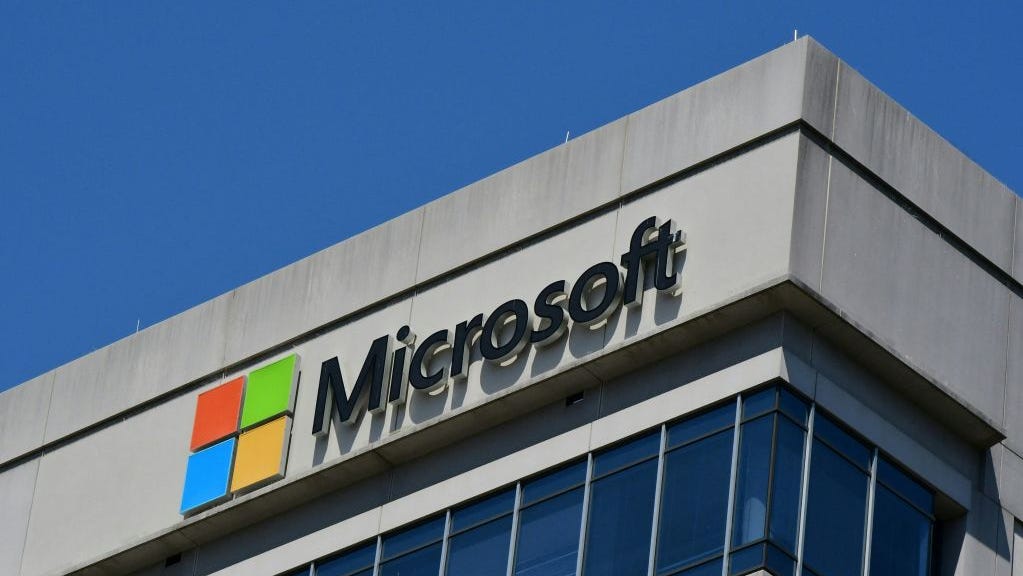
Microsoft’s upcoming lack of technology support can increase the risk of Windows 10 users being hacked and online threats: Microsoft’s official end of protection.
Arizona Republic

Windows 10 goes out the window for cyber security. What to know
The upcoming lack of protection can increase the risk of Windows 10 users being hacked and online threats: Microsoft’s official end of protection.
- Windows 10 end-of-life is Oct. 14, 2025, after which Microsoft will no longer provide security updates.
- Users can upgrade to Windows 11, replace their computer, utilize an unofficial workaround, or pay for extended security updates.
- The unofficial workaround involves bypassing compatibility checks but risks instability and lack of support.
QUESTION: Are the Windows 11 upgrade workarounds for non-compliant (Windows 10) computers safe?
ANSWER: If you’re one of the millions still using Windows 10, you’ve probably seen the now-frequent reminders about the upcoming end-of-life date: Oct. 14, 2025. It’s not just a suggestion — Microsoft will officially stop issuing security updates, bug fixes, and technical support for Windows 10.
This doesn’t mean your computer will stop working, but it does mean that it will become increasingly vulnerable to online threats. Cybercriminals love to exploit known holes in older versions of Windows, especially when they know there will be millions of unprotected systems still online.
Here are all the options, including a lesser-known workaround that can extend the life of some “non-compliant” systems.
Option 1: Upgrade to Windows 11 (the official way)For PCs that will pass Microsoft’s compatibility check, which looks for things like a TPM 2.0 chip and newer processors, the upgrade to Windows 11 is free and relatively straightforward. Just make sure your files are backed up and allow some time for the upgrade to do its thing.
If it’s a laptop, be sure you’re plugged into power while doing the upgrade to avoid major problems from a premature shutdown.
Option 2: Replace your computerIf your system doesn’t meet the Windows 11 requirements—and especially if it’s more than five years old—it’s time to start planning for a replacement. All new computers come with Windows 11 installed and also offer major improvements in day-to-day usability.
In addition to better speed and security, newer machines typically run cooler and quieter, have brighter and sharper screens, longer battery life, faster Wi-Fi, and much better webcams and microphones for video calls. You also get support with the latest ports and Bluetooth connections, which makes everything from charging to connecting to a wireless printer a lot easier.
Option 3: Use the Windows 11 workaround (unofficial, but possible)If your PC doesn’t meet the upgrade requirements, Microsoft has quietly allowed unsupported upgrades, with some major caveats. If you’re tech-savvy, there are registry edits or third-party tools that can bypass the compatibility checks and allow you to force an install of Windows 11 anyway.
Microsoft has even published guidance for IT pros on how to install Windows 11 on unsupported hardware—they just don’t recommend it. And here’s why: you may not receive future updates, your system may be unstable, and driver support could be hit or miss. If something breaks, you’re on your own.
For those who like tinkering and are comfortable with some risk, this may buy you a little time, but it’s not a long-term strategy, as you’re just delaying the inevitable.
Option 4: Pay for extended security updatesMicrosoft will offer Extended Security Updates (ESUs) after the deadline, mainly for business customers, but possibly for individuals as well. This can buy you more time, but it won’t be free.
Don’t wait too longChange can be frustrating, especially when it comes to your computer, but running an unsupported operating system in 2025 is like driving a car with no airbags or seatbelts. You can do it, but it’s just not very smart.
If you’re unsure what your next move should be, get advice sooner rather than later. This is one tech decision you don’t want to put off.
Ken Colburn is founder and CEO of Data Doctors Computer Services, datadoctors.com. Ask any tech question at facebook.com/DataDoctors or on Twitter @TheDataDoc.



